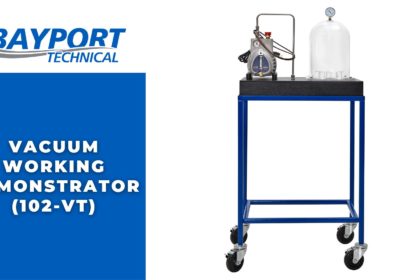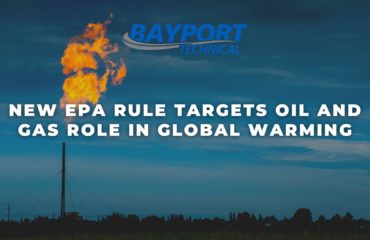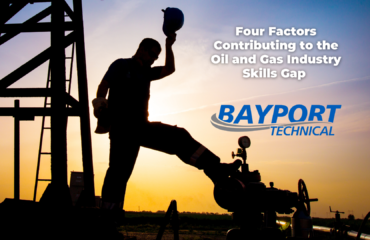
What do you think of when you hear the word “vacuum?” For most, the household tool you use to clean the carpets might spring to mind. In the modern industrial workplace, however, vacuum technology plays an essential role in many industries and takes many different forms.
For example, industrial robots programmed to pick and place objects often use vacuum cup grippers combined with pneumatic power to accomplish their tasks. Other high-tech industries, such as those that deal with cryogenic substances, make use of vacuum insulated pipes and containers.
Vacuum pumps can be a critical component of extracting liquids and gases. Of course, vacuum systems that operate much like the common household vacuum cleaner are also important in industries that need them to keep pristine workspaces free of dust and contaminants.
So, what is a vacuum? Many people believe a vacuum means the total absence of air within a sealed container. Scientifically, however, a vacuum exists any time the pressure inside a closed volume is less than the local atmospheric pressure.
It is almost impossible to remove every air molecule from any container, so a so-called “perfect” vacuum can never really be achieved. There are, however, different ranges of vacuum forces that can be obtained as more air is removed and the pressure differential increases.
The range of vacuum forces varies from rough (coarse) to middle (fine) and finally to high. Most industrial vacuum systems need only rough (coarse) vacuum force for basic lifting and workholding applications, since it’s cheaper to increase force by increasing the amount of contact area with a vacuum cup than it is to create a higher vacuum force.
Some applications require higher vacuum forces, though. For example, middle (fine) vacuum force is needed for various process applications, such as coating, degassing, freeze drying, and molecular distillation; and advanced laboratory instruments, like particle accelerators, mass spectrometers, and electron microscopes, use high vacuums.
Many industrial systems utilize vacuum forces, so it’s important to understand how vacuums are created and measured, including how changes in atmospheric pressure can impact vacuum systems. For example, atmospheric pressure variations can greatly impact the boiling temperature of water.
At sea level (normal atmospheric pressure), water boils at 100°C. However, ascend to the top of a mountain where atmospheric pressure is greatly reduced, and water will boil at about 75°C. Inside a vacuum chamber where there is very little pressure, water can boil at near room temperature (20°C).
Bayport Technical’s Vacuum Working Demonstrator (102-VT) is an acrylic model that clearly demonstrates the effect of atmospheric pressure variations on fluids and gases. Learners using the Vacuum Working Demonstrator will gain hands-on experience with a vacuum pump and vacuum gauge to measure the pressure inside a clear acrylic domed vacuum chamber, preparing them to work with a variety of industrial systems that utilize vacuum forces.
Visit Bayport Technical’s website to learn more about the Heat Transfer Trainer, as well as the wide variety of other technical training products available.



